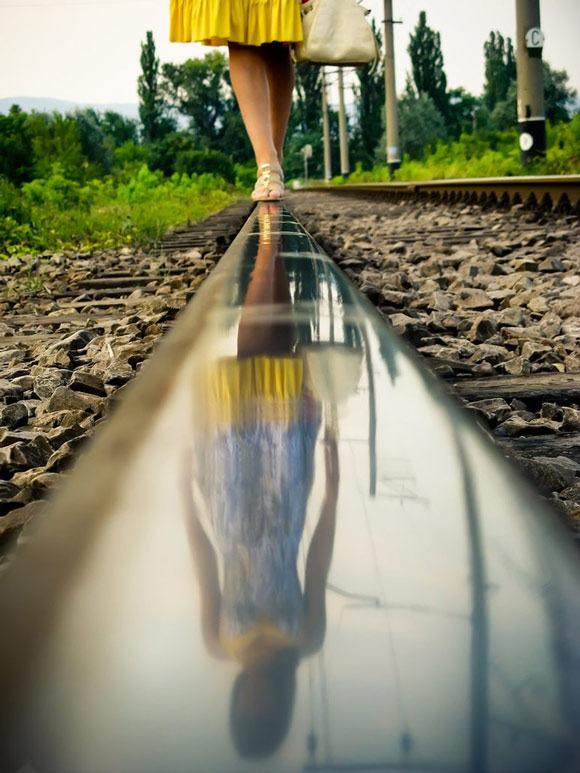

That might work for spreads of celebrity photos in glossy magazines it’s less appealing when the subjects are local animal rights activists you’ve never heard of. Avoid challenging readers with “Clockwise from top far left” navigation. Cutlines must appear brief and scannable big cutline blocks defeat that purpose. If you must combine cutlines for two or more pictures, limit the depth of the cutline to one inch.Don’t sacrifice information to aesthetics. Designers sometimes gang up cutlines in multi-picture layouts to “get them out of the way.” But for an information-seeking scanner, cutlines are not in the way to begin with. A photo often raises questions in a reader’s mind if she can’t find the answers quickly, she may become frustrated. Place a cutline under the photograph it describes that’s where readers look.A cutline is usually one of two or three bits of text that sell a story they should all complement one another. A cutline shouldn’t repeat or contradict the other type readers will see first. Consider headlines and other display type when writing cutlines.How do you get smart cutlines into the paper? Here are some suggestions: A busy reader’s first question is: “Why should I take time for this story?” A well-crafted cutline provides an efficient, direct answer. They can be to stories what trailers are to movies - intriguing, compelling previews.

Cutlines represent an opportunity to snag readers with the most tantalizing information in a story.A good cutline satisfies the reader’s curiosity quickly. Photos tend to communicate in an impressionistic way they are rarely as precise or clear as verbal communication.Type that is larger or bolder than body copy is read at a higher rate, and in most newspapers cutlines are more conspicuous than body copy.The bigger the visual, the more true this is. Whatever sits next to the showiest stuff in the paper - graphics, illustrations, photos - is more likely to be read. Cutlines accompany photos and other visuals, which draw the eye and spark the brain three times more often than body copy in a newspaper.A reader who doesn’t think she has time to read a story may happily take a few seconds to scan a picture and the two or three dozen words under it. They look easier and quicker than a long slab of 9-point body copy. Small bits of text, such as briefs, pullout boxes, and cutlines, are more attractive to the average, scanning reader.In eye-tracking studies, cutlines consistently get higher readership than story text. Yet, in many newsrooms, cutlines are afterthoughts, dashed off by harried copy editors skimming through stories on deadline.Ī cutline may well determine whether or not a story is read photographers, writers, copy editors, and page designers should share responsibility for making cutlines as engaging and informational as possible. A wealth of readership research shows that cutlines, or captions, are important to the engagement of readers in a newspaper.


 0 kommentar(er)
0 kommentar(er)
